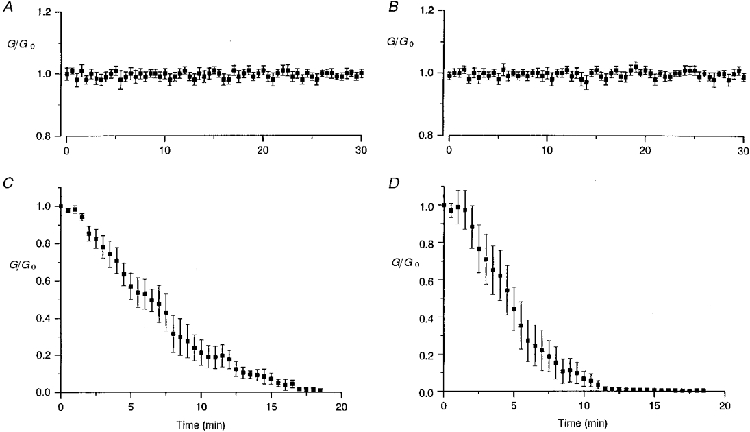Figure 2. Evolution with time of the gap junctional conductance measured in pairs of ventricular myocytes of neonatal rat in different conditions.

Both cells were clamped at -70 mV and one of them was stepped to -80 mV every 30 s while the second cell was maintained at the holding potential. Due to the transjunctional voltage difference, a current crossed the cell-to-cell junction, compensated by an opposite current supplied by the feedback amplifier connected to the cell maintained at -70 mV. Junctional conductances are presented in units of their original value (means ±s.e.m.). A, in perforated patch configuration (without Mg-ATP), the degree of cell-to-cell communication remained stable as long as tight seals were preserved (original Gj, 25·3 ± 7·8 nS; n= 12). B, in whole-cell conditions, when Mg-ATP (5 mM) was present in the patch pipette solution, intercellular electrical coupling was well preserved, even after 30 min (original Gj, 29·4 ± 6·3 nS; n= 25). C, in contrast, in the absence of Mg-ATP in the patch pipette solution, a progressive fading of junctional conductance was observed (original Gj, 31·2 ± 11·3 nS; n= 9). D, a channel rundown was similarly observed in the absence of ATP and presence of MgCl2 (1 mM) (original Gj, 73·9 ± 11·0 nS; n= 9).
